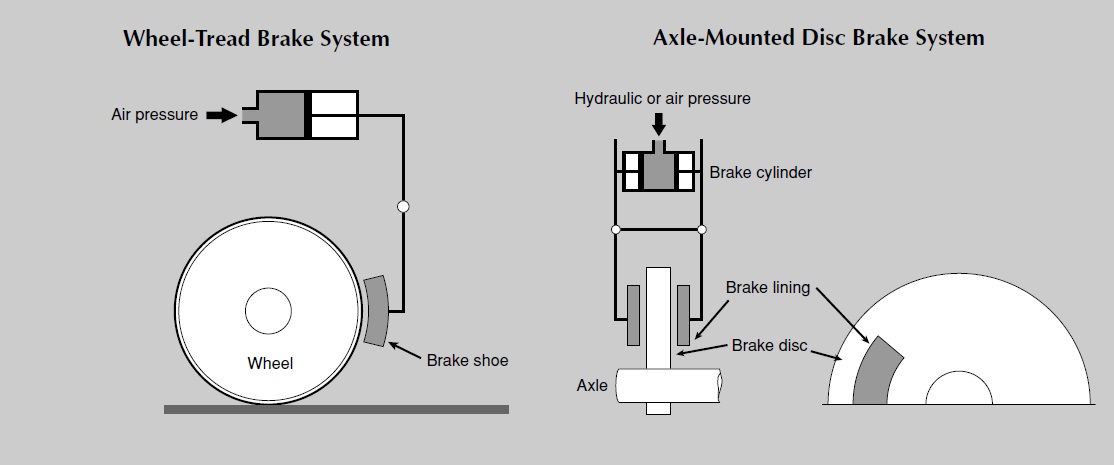how do brakes work on a train
When switching railroaders will set a certain number of handbrakes on cars lined up and waiting on their tracks but do not charge. What Happens If Express Train Has To Do The Work Of A Local Train Dynamitrain Rainy Sound Thanks a lot all the SUBSCRIBERs and VIEWERs for your Lo.
The train brakes are released by admitting air to the train pipe through the.

. Us freight railroad brakes use a pressurized air line to supply reservoirs on each car. Dynamic braking is the use of the electric traction motors of a railroad vehicle as generators when slowing the locomotive. Essentially the brakes are always on.
1 hour agoIf youre looking for a room head to Alamosa where youll find a robust selection of mostly chain hotels to choose from. The dynamic brake grids consume electricity that make the traction motor less able to turn and. Dynamic brakes use the kinetic energy of a trains turning wheels to create electrical energy which causes the train to decelerate.
In this small tutorial we go through the basics of how train brakes work. How do dynamic brakes work on a train. Each coach of a train has a.
When a diesel-electric locomotive is facing a long downgrade the engineer engages the dynamic brake which throttles down the diesel engine and turns the traction motors into generators. Yes every car on a train has its own set of brakes. As I was writing this I saw Ford increased the.
Essentially the brakes are always on. This is the principle behind dynamic braking. But either one can be applied without applying the other.
Each cars has a set of brakes air lines and cylinders which regulate the brakes on each car by responding to the commands of the engineer. Depends on the train and location. In a way its a perfect service to launch in this timeframe.
Beer lovers will enjoy San Luis Valley Brewing Co. The brakes apply whenever the air pressure in the brake pipe drops. But the handbrake and the air cylinder work independently of each other.
2 hours agoWhile brakes can be a pricey 350-700 service its cheaper than buying a new car. For the train to actually move the operator has to disconnect this air tank. Both the handbrake and the air cylinder move the linkage of rods and levers that apply the brake shoes to the wheels.
What the brakes are actually doing when you descend a hill is disapating the potential energy trains mass X elevation change as heat in braking. If the train accidentally uncouples the brakes will automatically apply fully-since all of the brake pipe pressure will be vented to the atmosphere through the disconnected pipe. When air brakes were first implemented in the 19th century their use.
If they are both applied at the same time they duplicate their effort. Because it consists of electrical energy dynamic braking can be finely adjusted downward more so than air brakes. One is the train gets going to fast before the brakes are applied.
The other is there is insufficient braking available. Brake cylinder of each car causes the brakes to move away from the wheels. The air compressor then pumps the air into the air storage tanks which store the compressed air until its needed.
There are two typical reasons for runaways. A What are independent brakesb What are auto brakesc What re dynamic brakesd. In an emergency application whether engineer-initiated or from a pull-apart the system releases enough air from the emergency reservoir to set the brakes then stops holding the pressure and brakes in place.
The momentum of the train rolling downgrade turns the traction motors which generate electricity causing drag. He or she does this by pumping air into a. Generally they have a very similar braking system as a drum brake system In case of a railways braking system the brake shoes are on the outside and exposed the actuation is done by a pneumatically.
In this small tutorial we go through the basics of how train brakes work. This is made possible by an air line that spans the entire length of the train. When there is a dip in pressure in that line from an application or a hose break it trips a valve on the reservoir and sends a corresponding increase in air pressure to the brake cylinders.
He or she does this by pumping air into a. It is termed rheostatic if the generated electrical power is dissipated as heat in brake grid resistors and regenerative if the power is returned to the supply line. Answer 1 of 4.
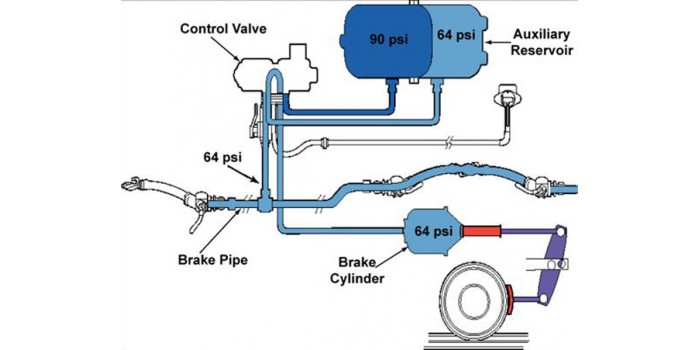
How A Train S Air Brakes Works

A9 Air Brake System To Train Formation From Locomotive Animated Video
Brakes The Railway Technical Website Prc Rail Consulting Ltd
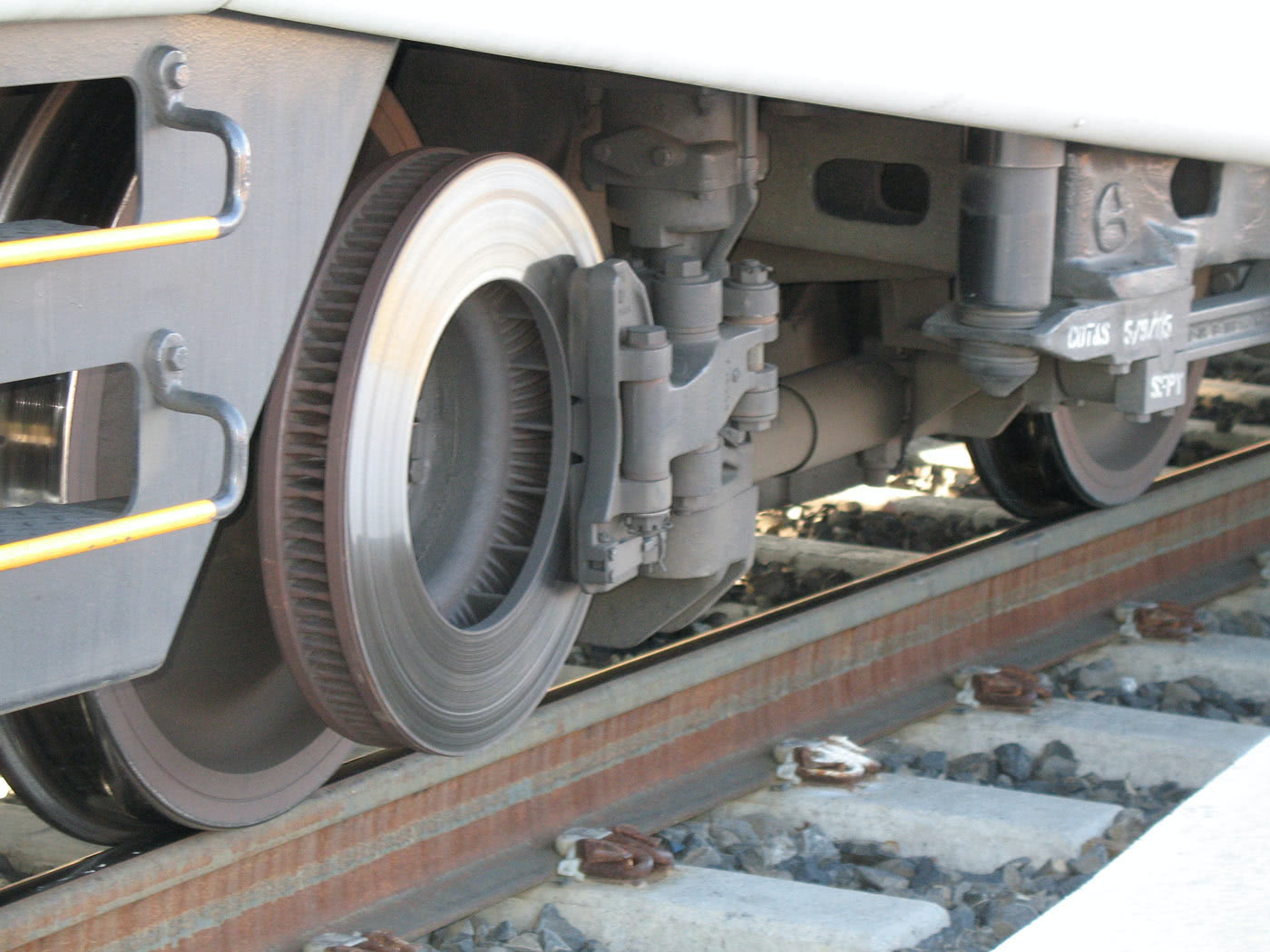
Rail Way Dust Its Effect On A Digital Display Metrospec

Couplers Brakes The Transcontinental Railroad
How Does The Air Brake System Work In A Train Quora
Brakes The Railway Technical Website Prc Rail Consulting Ltd
Brakes The Railway Technical Website Prc Rail Consulting Ltd
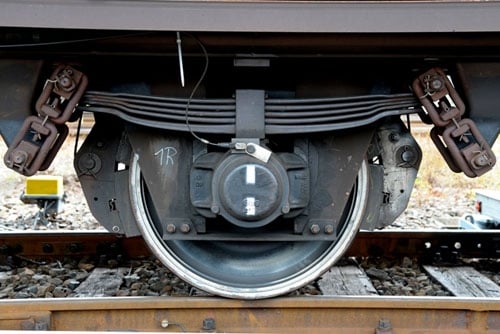
A Life Cycle Approach To Braking Costs International Railway Journal

Air Brakes And Locomotive Connections Youtube
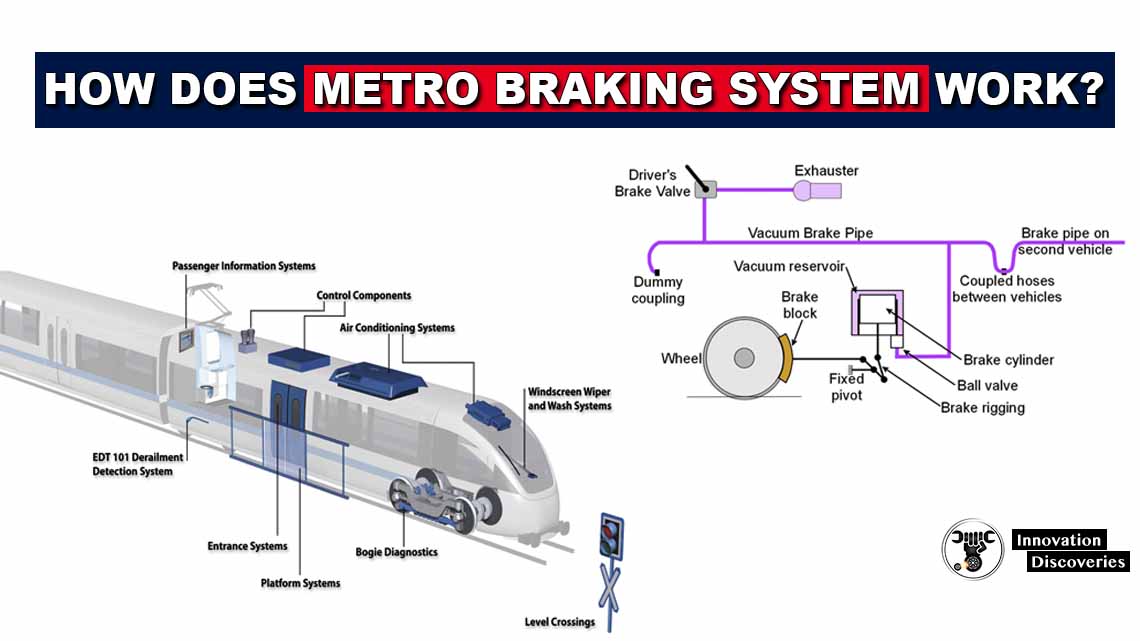
What Type Of Braking System Used In Metro Trains How Does Metro
How Does The Air Brake System Work In A Train Quora
Diesel Locomotive Brakes Engineering Expert Witness Blog

Air Brake System In Railway Introduction Of Train Braking System Lhb Train Brake Youtube
Electro Pneumatic Brakes The Railway Technical Website Prc Rail Consulting Ltd
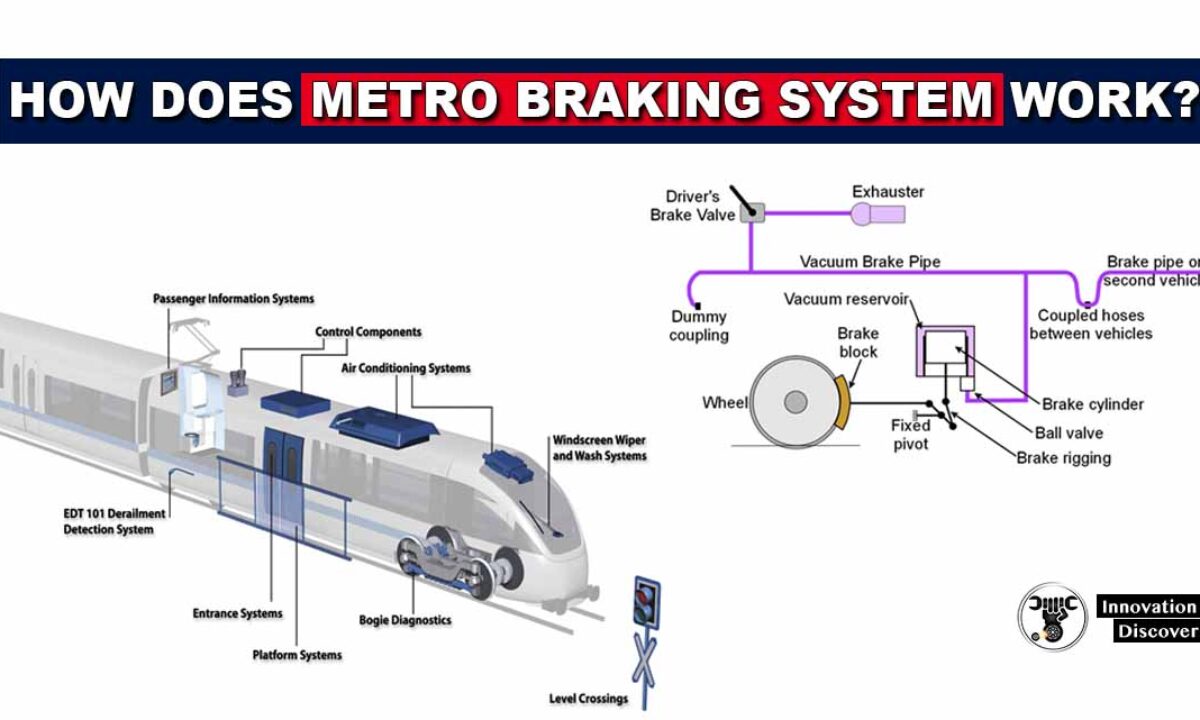
What Type Of Braking System Used In Metro Trains How Does Metro
.jpg)
